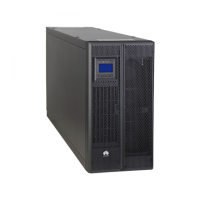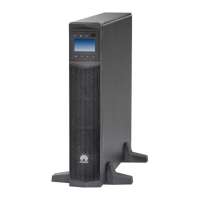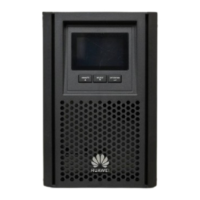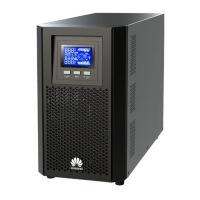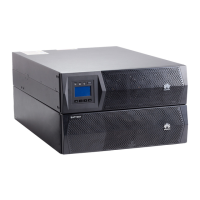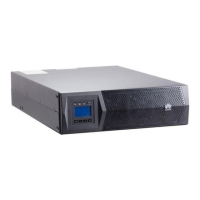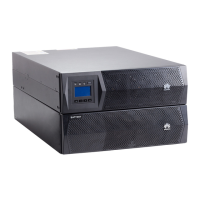Battery electrolyte is toxic and volatile. Do not get contact with leaked liquids or
inhale gases in the case of battery leakage or abnormal odor. In such cases, stay
away from the battery and contact professionals immediately. Professionals must
wear safety goggles, rubber gloves, gas masks, and protective clothing, power o
the equipment, remove the battery, and contact technical engineers.
Install batteries in a dry area. Do not install them under areas prone to water
leakage, such as air conditioner vents, ventilation vents, feeder windows of the
equipment room, or water pipes. Ensure that no liquid enters the equipment to
prevent faults or short circuits.
Before installing and commissioning batteries, prepare re extinguishing facilities,
such as
re ghting sands and carbon dioxide re extinguishers, according to
construction standards and regulations. Before putting the battery room into
operation, ensure that it is equipped with a
re extinguishing system that
complies with local laws and regulations, has been constructed and commissioned,
and can work in automatic and manual control modes.
Before unpacking batteries, ensure that the packing cases are intact and correctly
placed according to the labels on the packing cases during their storage and
transportation. Do not place a battery upside down or vertically, lay it on one side,
or tilt it. Stack the batteries according to the stacking requirements on the packing
cases. Ensure that the batteries do not fall or get damaged. Otherwise, they will
need to be scrapped.
After unpacking batteries, place them in the required direction. Do not place a
battery with its front panel facing upwards, put it upside down, tilt it, or stack it.
Ensure that the batteries do not fall or get damaged. Otherwise, they will need to
be scrapped.
UPSJZ-T-(1 kVA–3 kVA)
User Manual 1 Safety Information
2022-08-15 6

